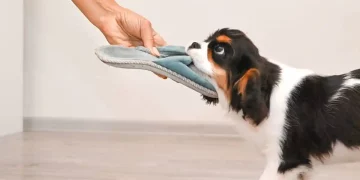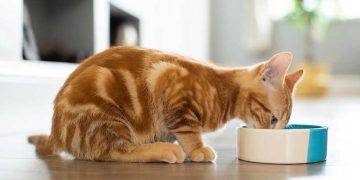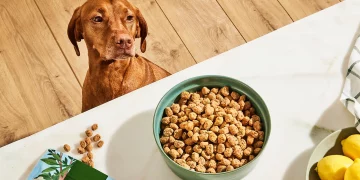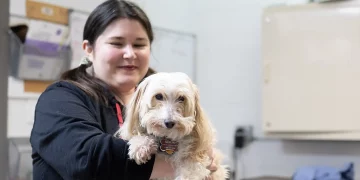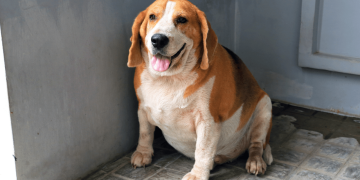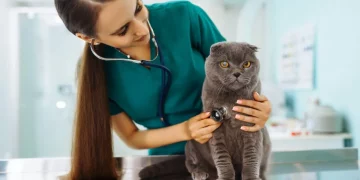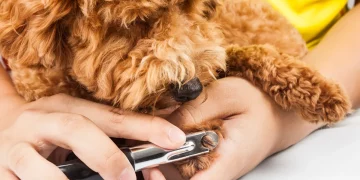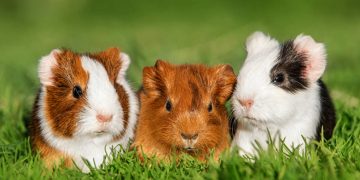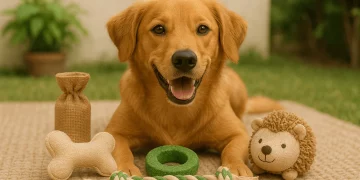Introduction: The Importance of Grooming Your Poodle
Poodles are well-known for their elegant and hypoallergenic coats, but their grooming needs go far beyond just looks. Whether you own a Standard, Miniature, or Toy poodle, their unique curly fur requires regular maintenance to keep it healthy and beautiful. Grooming is also essential for their physical well-being, as it helps prevent skin infections, mats, and tangles, while also offering an opportunity to check for underlying health issues.
In this detailed guide, we’ll walk you through everything you need to know about grooming your poodle, from brushing techniques and bathing tips to haircuts and ear care. Whether you’re a first-time poodle owner or a seasoned pro, you’ll find useful information to keep your furry companion looking and feeling their best.
I. Understanding Poodle Coats and Grooming Needs
A. Types of Poodle Coats
- Curly Coat: Discuss the dense, curly texture that is iconic to poodles. This coat requires consistent care to prevent matting.
- Wool Coat: Some poodles have a softer, wool-like coat that can be more prone to tangling.
- Furnishings: Explain the longer hair around the face, legs, and tail, which requires extra care.
B. The Poodle Grooming Cycle
- How Often Should You Groom?
- Regular grooming: Frequency varies by poodle type and coat texture.
- At a minimum, every 4-6 weeks for professional grooming, and brushing a few times a week.
- Why Regular Grooming is Crucial:
- Maintaining coat health and preventing mats.
- Stimulating blood circulation and promoting healthy skin.
II. Brushing and Comb Care for Poodles
A. The Best Tools for Brushing Poodles
- Pin Brushes: Best for detangling the coat without causing breakage.
- Slicker Brushes: Ideal for getting rid of mats and tangles in dense areas.
- Undercoat Rakes: Effective for removing dead hair beneath the surface coat.
B. Brushing Techniques
- How to Brush Properly:
- Start at the tips and work your way up to avoid pulling on the coat.
- Divide the poodle’s coat into sections, brushing each section thoroughly.
- Common Mistakes to Avoid:
- Brushing too roughly or too quickly can cause pain.
- Skipping areas like the underbelly, legs, and armpits can lead to tangles.
C. Dealing with Mats and Tangles
- How to Prevent Mats: Regular brushing, especially in high-mat areas like the ears, legs, and behind the knees.
- How to Safely Untangle Mats: Use a detangling spray, a mat comb, and be patient to avoid cutting into the coat.
III. Bathing Your Poodle
A. How Often Should You Bathe a Poodle?
- Frequency of Baths: Poodles don’t need frequent baths due to their low shedding, but they should be bathed every 4-6 weeks.
- Signs It’s Time for a Bath: Dirt, odor, and the poodle scratching themselves are signs they may need a bath.
B. Bathing Tips
- Preparing for Bath Time:
- Make sure you have all the right products: a gentle dog shampoo, conditioner, and towels.
- Brush your poodle beforehand to remove tangles and mats that might worsen in water.
- Steps to Bath Your Poodle:
- Wet the coat gently with lukewarm water.
- Use a small amount of dog shampoo and massage it into the coat, being careful around the face and ears.
- Rinse thoroughly to remove all shampoo.
C. Drying Your Poodle
- Towel Drying: Gently pat the coat to remove excess water.
- Blow Drying: Use a blow dryer on a low setting to prevent the coat from becoming frizzy. Keep the dryer moving and avoid concentrating too much heat on one spot.
- Brushing After Bath: It’s best to brush the coat while it’s still damp to ensure it dries without tangles.
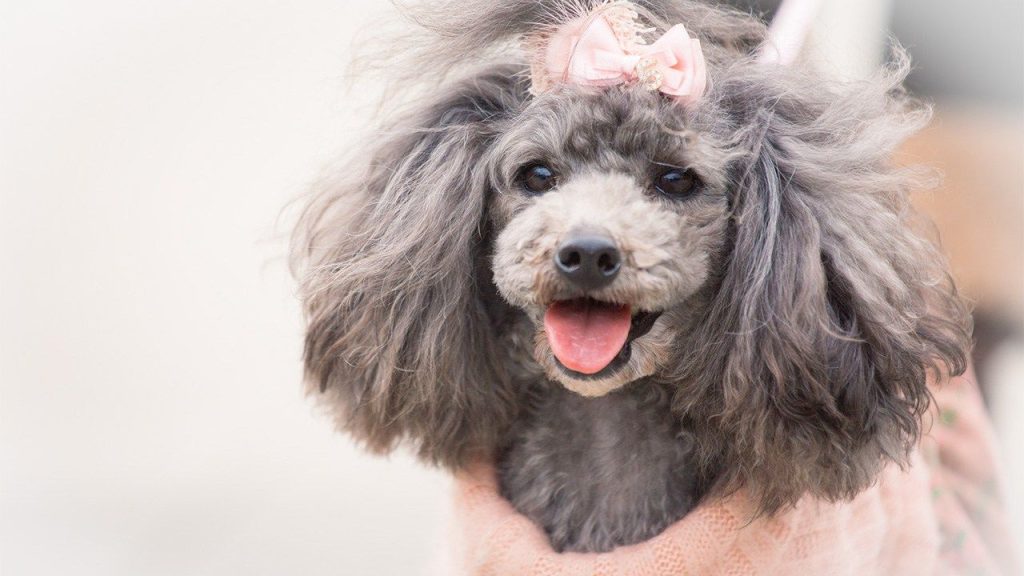
IV. Poodle Haircuts and Styling
A. Common Poodle Grooming Styles
- The “Poodle Cut”:
- The classic poodle haircut, featuring short body hair with distinctive pom-poms on the legs, tail, and head.
- Discuss the style variations based on the poodle’s size (Standard, Miniature, Toy).
- The Lamb Cut:
- A softer, more natural look with a uniform length across the body. Popular for keeping poodles looking fluffy yet manageable.
- The Kennel Cut:
- A very short and low-maintenance cut, ideal for owners who don’t want frequent grooming appointments.
- Summer Cut:
- A shorter cut for warmer months to help keep the poodle cool.
B. How to Trim and Style a Poodle’s Coat
- Trimming the Face and Eyes:
- Use small scissors or clippers for the delicate face area, especially around the eyes and ears.
- Clipping the Body and Legs:
- Use clippers with appropriate guard lengths to maintain the desired length.
- Be cautious around sensitive areas like the belly, underarms, and paws.
- Scissoring Techniques for a Neat Finish:
- Use thinning shears to blend the coat and avoid any harsh lines.
C. Professional vs. DIY Grooming
- When to Go to a Groomer:
- Regular grooming (every 4-6 weeks) is ideal for professional grooming to maintain a poodle’s coat.
- DIY Grooming:
- Basic trimming, brushing, and bathing can be done at home with the right tools, but leave complex cuts to professionals if you’re not experienced.
V. Poodle Ear Care
A. Why Ear Care is Vital for Poodles
- Poodle’s Floppy Ears: Poodles are prone to ear infections due to their floppy, thick ear fur, which can trap moisture and dirt.
- Signs of Ear Problems: Redness, excessive scratching, a foul odor, or discharge from the ears.
B. Cleaning Your Poodle’s Ears
- How to Clean Ears Safely:
- Use a gentle, vet-approved ear cleaner.
- Soak a cotton ball and gently wipe the inner parts of the ear, avoiding deep insertion into the ear canal.
- How Often to Clean:
- Clean your poodle’s ears once a week or as recommended by your veterinarian.
C. Preventing Ear Infections
- Keeping Ears Dry: After bathing or swimming, ensure your poodle’s ears are dried thoroughly.
- Regular Ear Inspections: Check for dirt buildup, redness, or unusual discharge to catch infections early.
VI. Nail Care for Poodles
A. Why Nail Care is Important
- Overgrown Nails Can Cause Pain: Long nails can affect your poodle’s posture and gait, causing discomfort or even injury.
- Signs of Overgrown Nails: Clicking sounds when walking, difficulty walking, or visible damage to the nails.
B. How to Trim Your Poodle’s Nails
- Choosing the Right Clippers: Use dog-specific nail clippers, such as guillotine-style or scissor-style clippers.
- Steps to Trim Nails:
- Hold the paw gently and trim a small amount at a time to avoid cutting into the quick (the blood vessel in the nail).
- Be cautious, and always cut at a 45-degree angle.
C. When to Seek Professional Help
- When to Visit the Groomer: If your poodle is particularly sensitive about their paws, professional groomers can handle nail trimming.
- Dremeling: Some owners prefer using a Dremel tool to smooth out nails after clipping, though it requires extra care to avoid injury.
VII. Poodle Grooming Tips for Special Needs
A. Grooming for Senior Poodles
- Older Poodles’ Coat Changes: As poodles age, their coat may change in texture or become thinner.
- Gentler Grooming Techniques: Use more gentle brushes, and avoid harsh treatments that could cause discomfort.
B. Grooming for Poodles with Skin Sensitivities
- Sensitive Skin: Poodles with allergies or skin conditions may require hypoallergenic grooming products.
- Special Shampoo: Opt for mild, unscented shampoos or those formulated for dogs with skin sensitivities.
C. Grooming for Poodles with Anxiety
- Desensitizing Your Poodle: Help your poodle become comfortable with grooming by gradually introducing them to the process, using positive reinforcement.
- Calm Grooming Sessions: Keep grooming sessions short and stress-free, using treats and praise.
VIII. Conclusion: Keeping Your Poodle Looking and Feeling Their Best
Grooming a poodle is not just about maintaining their stunning appearance—it’s essential for their overall health and well-being. From regular brushing and bathing to keeping their ears and nails in check, grooming is an opportunity to strengthen the bond between you and your furry friend while ensuring they remain comfortable and happy.
Whether you’re planning to maintain your poodle’s coat at home or entrust grooming to a professional, taking the time to understand their unique grooming needs will make all the difference in keeping them healthy and beautiful.


